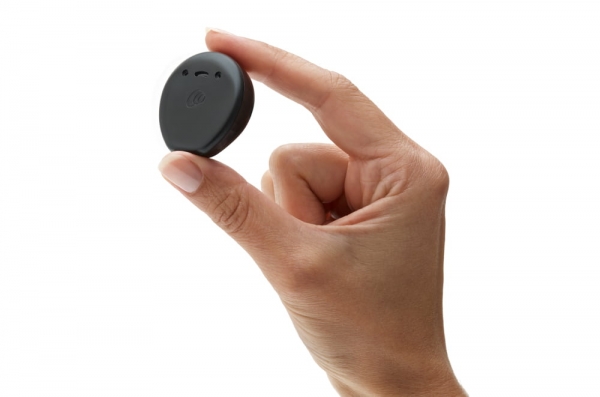

Often “ Deciding what not to do is as important as deciding what to do.” 4Īs a result of new technologies, the CI industry now has access to a wealth of additional data that was previously inaccessible, which can be used to create guidelines, tools, services and products based on evidence. Data collection and analysis can be used to determine what aspects of the delivery model can potentially be modified. By using a shared combination of clinical expertise, patient values/expectations and data/evidence to help guide clinical decision making, the audiology community can re-shape aspects of the adult cochlear implant delivery care model. One of the ways healthcare professionals across a variety of modalities have addressed these challenges is by applying an evidence-based approach to their practice. It has also shed light on the need to continue to partner with professionals, to develop and refine guidelines to help support clinic efficiency, reduce clinic burden for non-billable time and continue to work to improve patient hearing outcomes and satisfaction. This, on top of a changing healthcare landscape and recent global pandemic, has made treating hearing health more complex and has placed a further burden on healthcare facilities today. As incidences of hearing loss increase, many clinics must see a growing number of patients in a shorter amount of time, while maintaining the same staff headcount. The next step in increasing CI access is to consider how the effective use of technology can provide care based on the needs of adult CI patients within a changing healthcare landscape.

The ability to provide care in these different ways has evolved with other technologies such as the internet, wireless connectivity, mobile phones and the “cloud.” Likewise, the inclusion of innovative tools in Cochlear’s portfolio, such as m圜ochlear, Hear Always, Remote Check, Cochlear Link, and SignHEAR, mixed with changes to indications and outcomes can assist clinicians in providing care in different ways throughout the patient’s hearing journey. Counseling is focused on accessory use, telephone use and hearing in-noise which represents the bulk of the typical 90-120-minute activation appointment. Programming at activation takes, on average, less than 30 minutes using objective measures like AutoNRT™, streamlined programming has been incorporated, there are behind-the-ear and over-the-ear processors that can connect to a world of devices via Bluetooth®. The surgical portion is now an outpatient procedure. The programming at activation was done over a two-day period measuring every electrode with a body-worn sound processor and counseling focused on detection of sound.įast forward to 2020, and we have expanded access for over 450,000 Nucleus patients. The surgical procedure took several hours and included a hospital stay. In 1990, there were a small number of clinics providing this technology to approximately 3,000 Nucleus® patients. There have been dramatic changes to cochlear implants and the way professionals deliver care over the past 30 years. desc : *** The IP addresses under this Org-ID are in use by Google Cloud customers ***,Direct all copyright and legal complaints to, all spam and abuse complaints to, fastest response, use the relevant forms above.,Complaints can also be sent to the GC Abuse desk,( ),but may have longer turnaround times.,*** The IP addresses under this Org-ID are in use by Google Cloud customers ***,Direct all copyright and legal complaints to, all spam and abuse complaints to, fastest response, use the relevant forms above.,Complaints can also be sent to the GC Abuse desk,( ),but may have longer turnaround times.,Complaints sent to any other POC will be ignored.By Barbara Buck, Principal Clinical Project Manager at Cochlear Americas.Registrar Domain ID: 2603415_DOMAIN_COM-VRSN.Domain expires: 0 Years, 193 Days left.


 0 kommentar(er)
0 kommentar(er)
